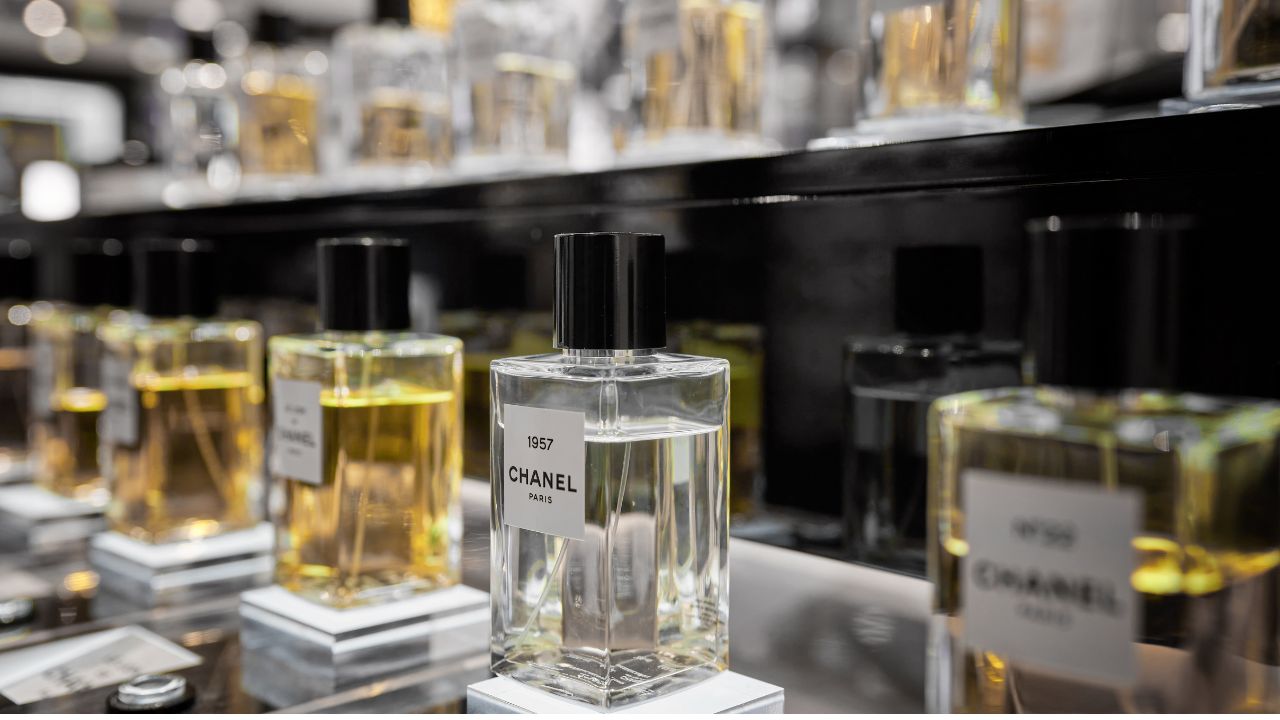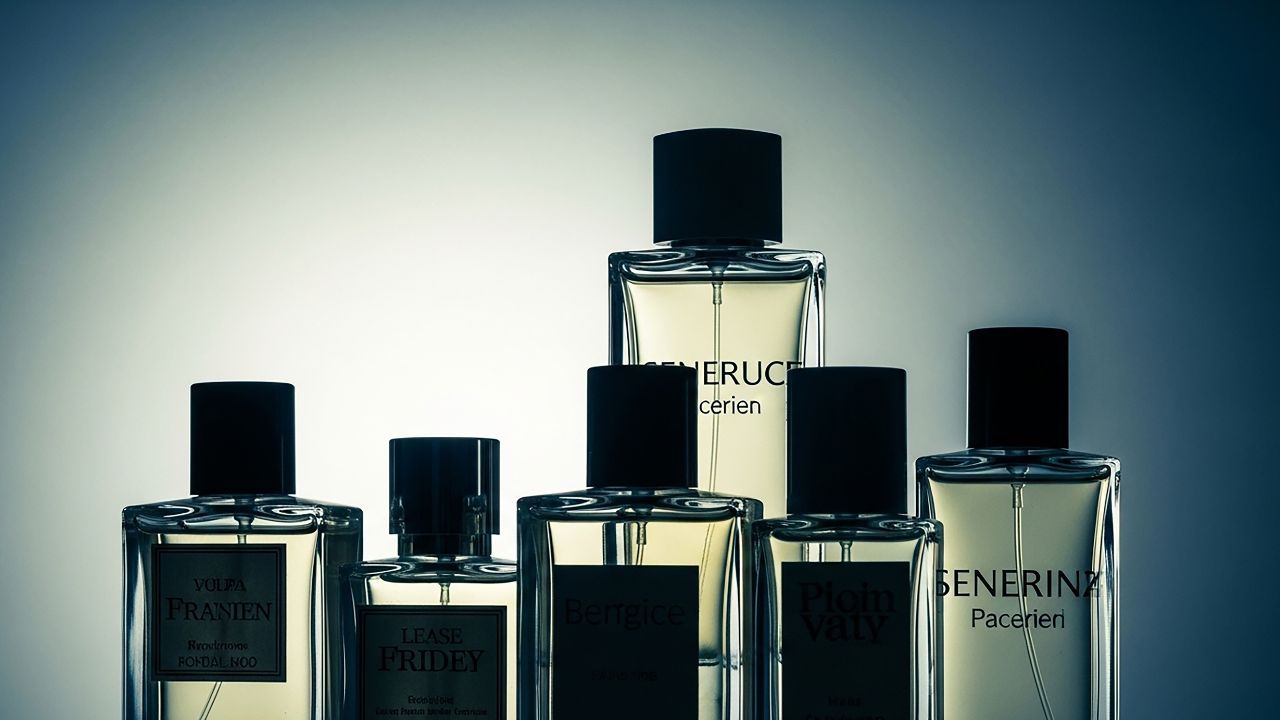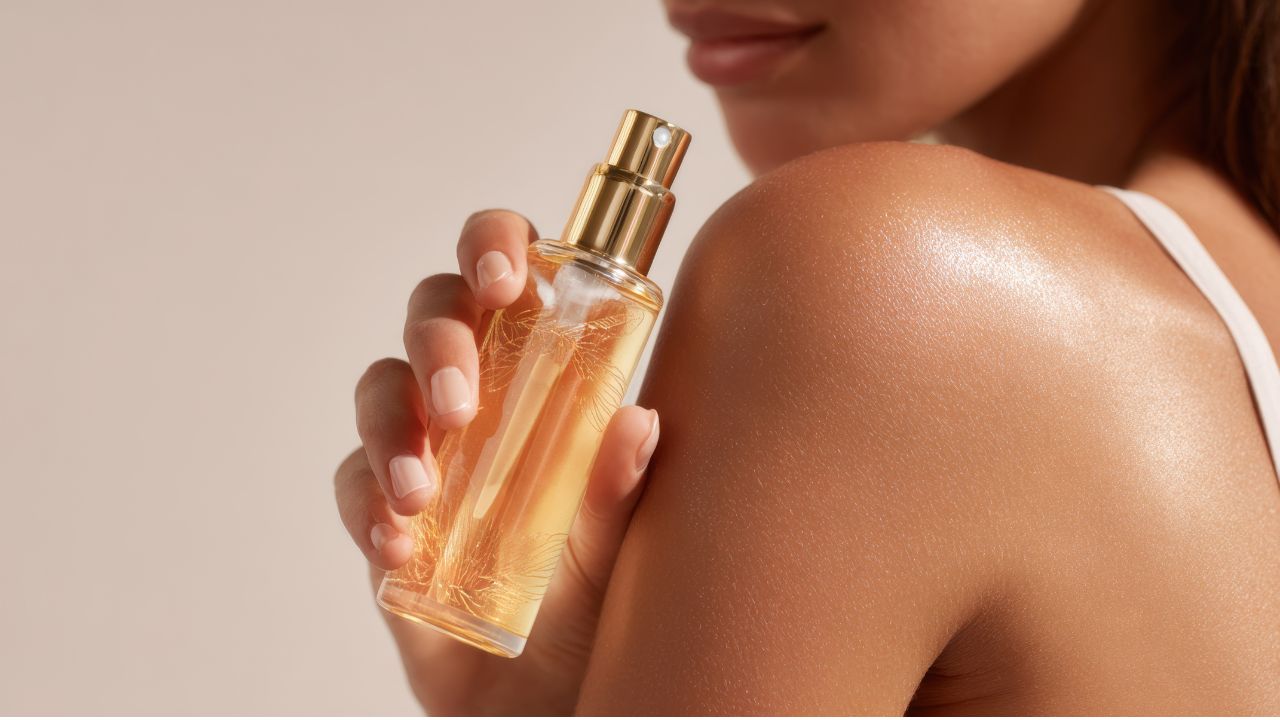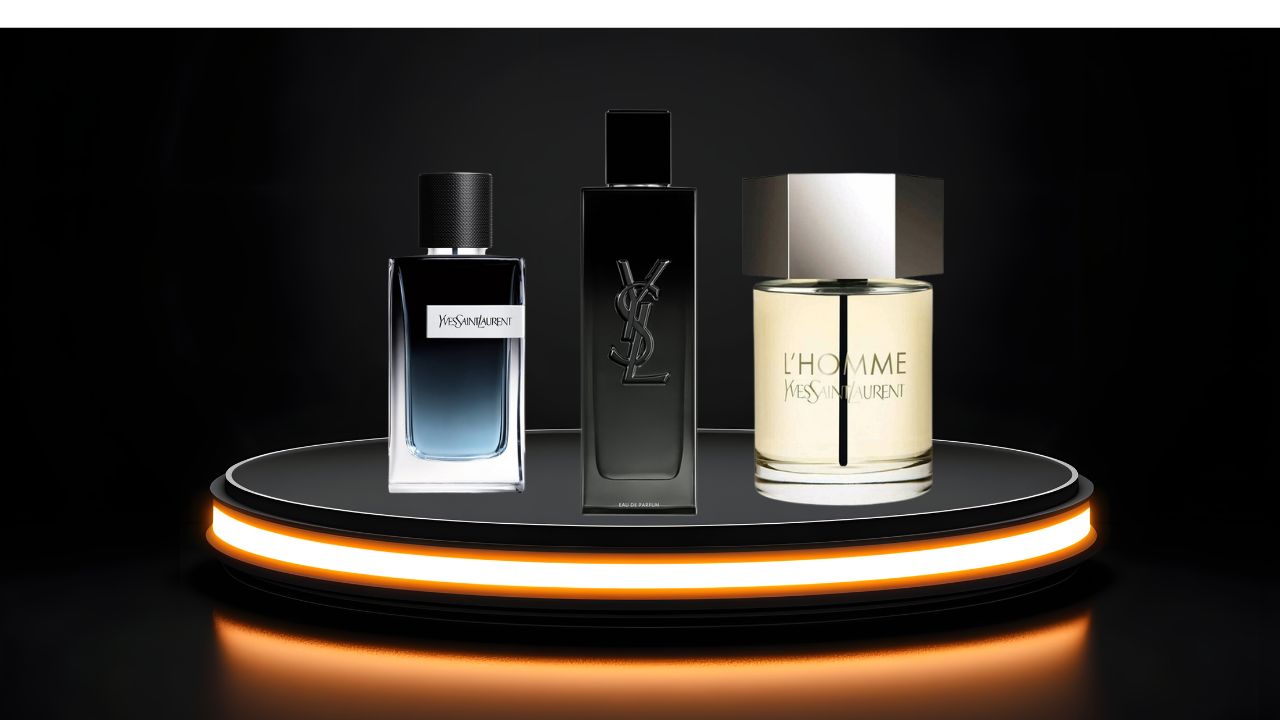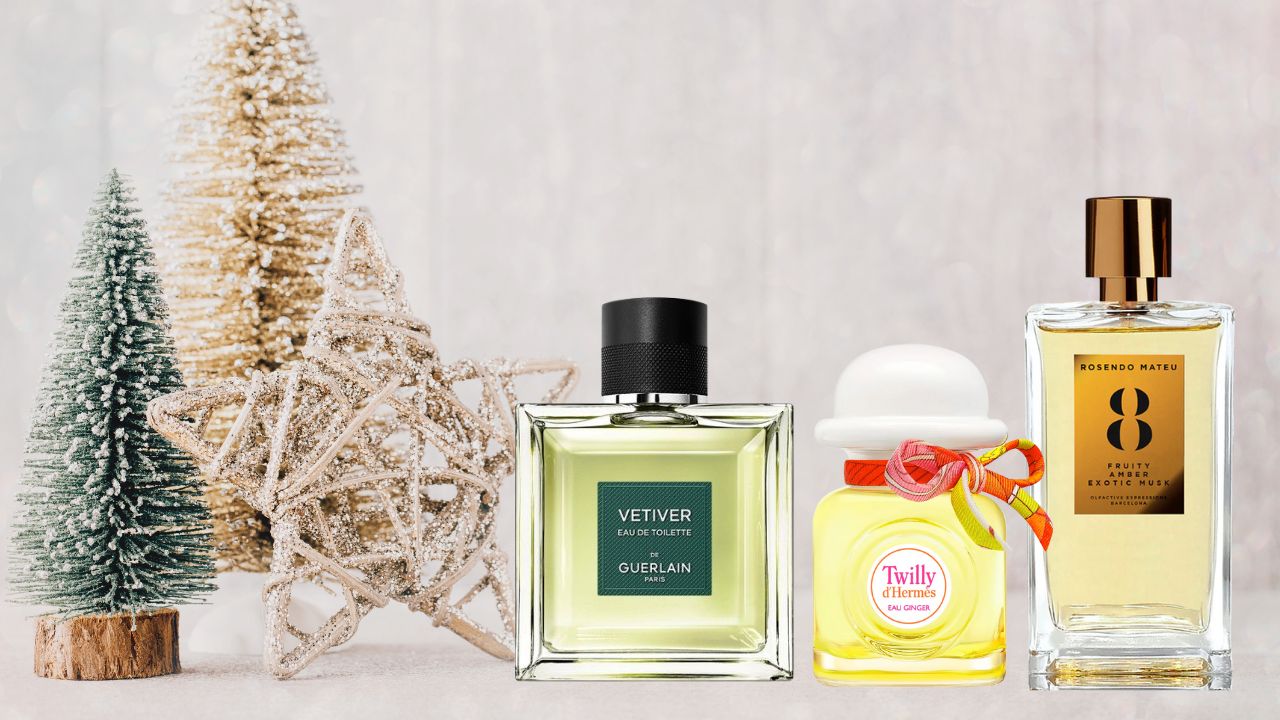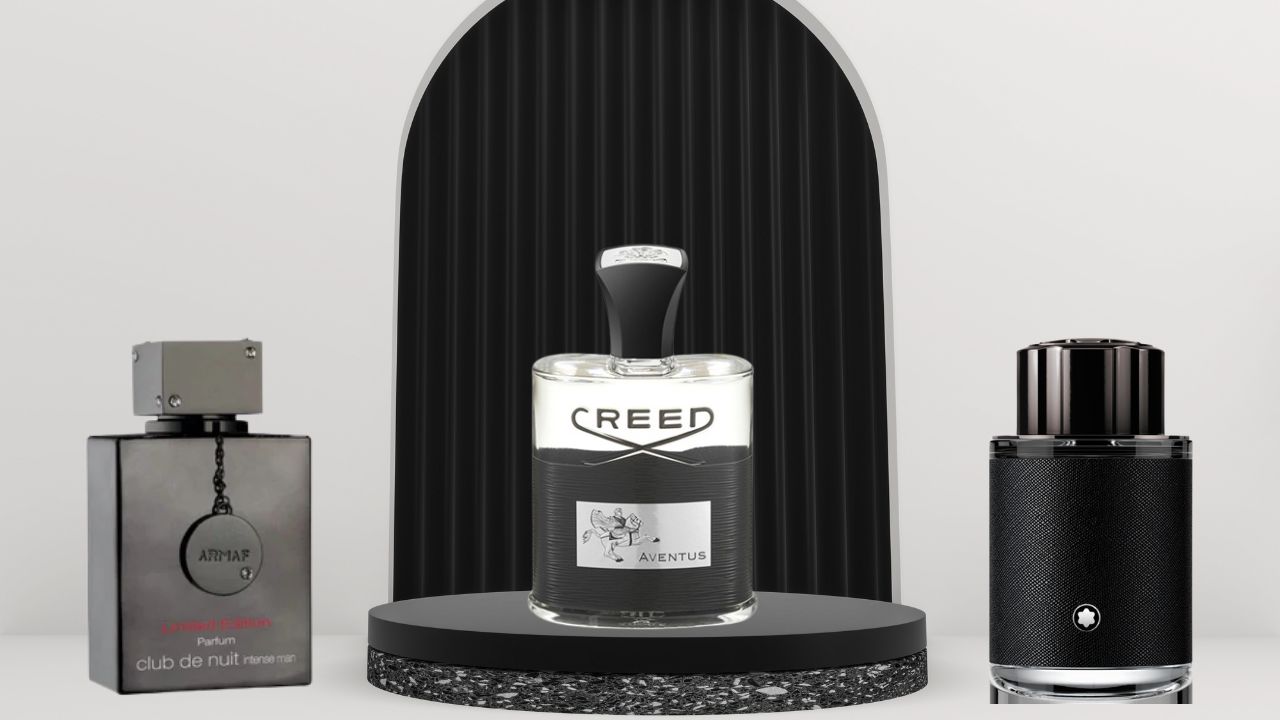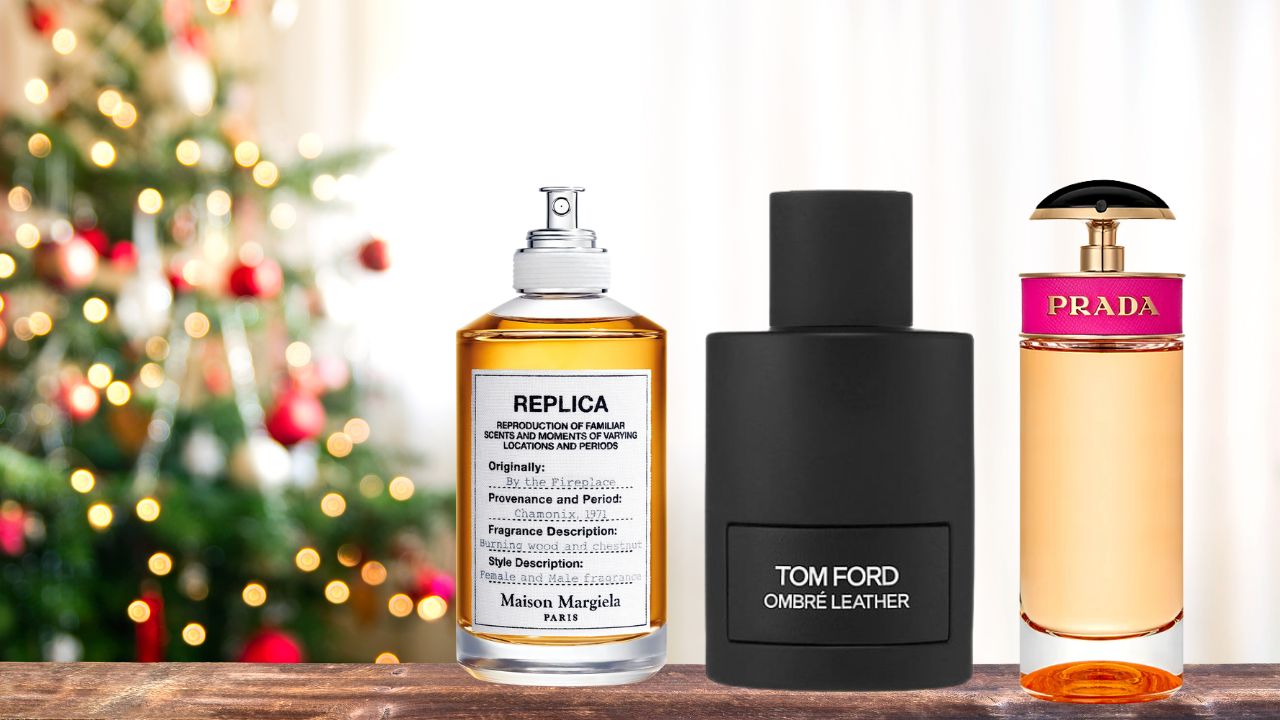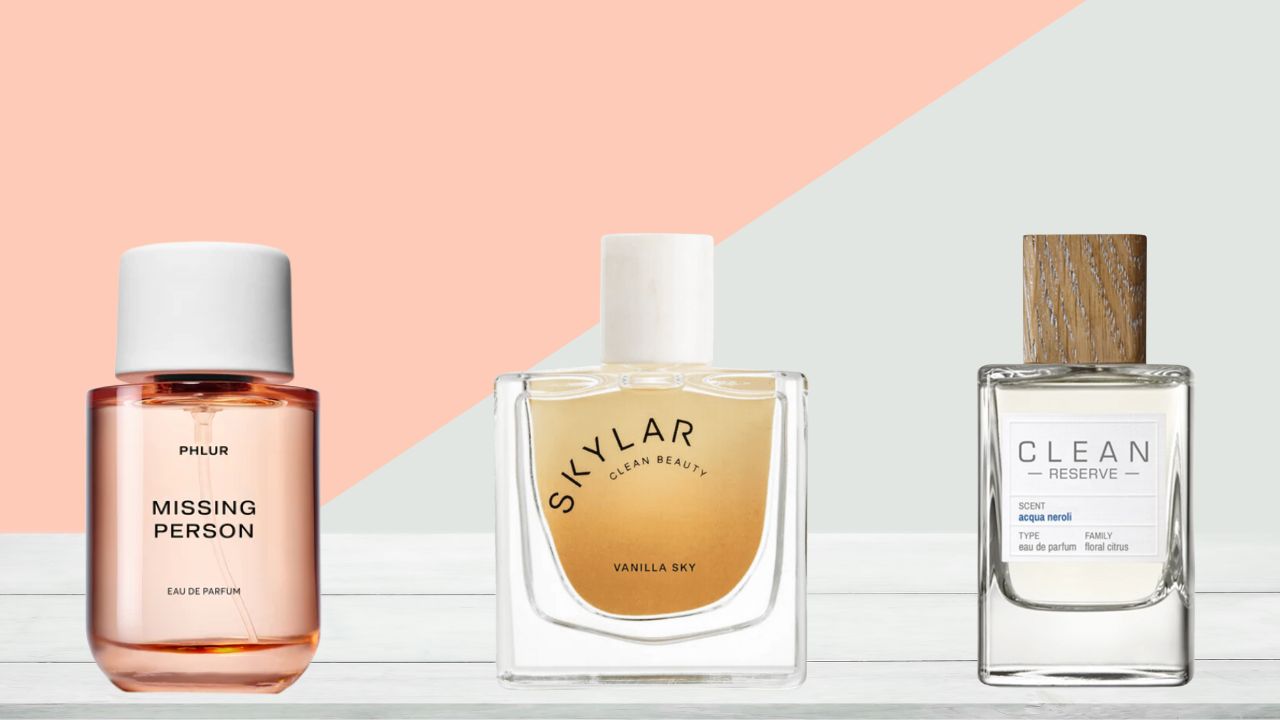Blog
Home / Beauty, Hair & Skin Care / Say Goodbye to Dry Hair: 10 Effective Ways to Lock in Moisture
Categories
Recent Posts
- How to Buy Authentic Niche Perfume at the Best Price
- How to Buy Authentic Niche Perfume: A Complete Guide
- The Science and Seduction of Pheromone Perfume: What You Need to Know
- 10 Reasons Why You’ll Love Being a Beautinow VIP Member
- The Sophisticated Art of Finding Cheaper Alternatives to Tom Ford Black Orchid
Say Goodbye to Dry Hair: 10 Effective Ways to Lock in Moisture
0

Dry, brittle hair doesn’t have to be your reality. Whether your strands feel rough to the touch, break easily, or lack their former shine and bounce, the right moisture-restoration routine can completely transform your hair’s health and appearance. Understanding the science behind hair hydration and implementing targeted solutions will help you achieve the soft, resilient, lustrous locks you’ve been dreaming of.
This comprehensive guide reveals professional-grade techniques and scientifically-backed methods for addressing dry hair at its root cause, ensuring long-lasting hydration and improved hair health.
Understanding Hair Moisture: The Science Behind Healthy Strands
To effectively treat dry hair, it’s essential to understand what causes moisture loss and how hydration works at the cellular level. Hair’s moisture content depends on three critical factors:
- The Hair Cuticle: Your hair’s outer protective layer consists of overlapping scales that control moisture entry and retention. When these scales are damaged or raised, moisture escapes more easily.
- Natural Oil Production: Your scalp produces sebum, a natural oil that travels down the hair shaft to provide lubrication and protection. Various factors can disrupt this process.
- Environmental and Chemical Damage: Heat styling, chemical treatments, UV exposure, and harsh weather conditions can compromise your hair’s ability to retain moisture.
Dry Hair vs. Dehydrated Hair: Critical Differences for Treatment Success
Understanding whether your hair is dry or dehydrated determines which treatment approach will be most effective:
Dry Hair Characteristics
- Lacks natural oils (sebum deficiency)
- Feels coarse and rough to the touch
- Often genetic or caused by over-processing
- Benefits from oil-based treatments and gentle cleansing
- May have a dull appearance but isn’t necessarily brittle
Dehydrated Hair Characteristics
- Lacks water content
- Appears dull and lifeless
- Often feels brittle and snaps easily
- Caused by damaged cuticles that can’t retain moisture
- Benefits from water-based hydration and cuticle repair
Professional Assessment: Perform the strand test by gently stretching a wet hair strand. Healthy hair stretches up to 50% of its length before breaking. Hair that snaps immediately is likely dehydrated, while hair that won’t stretch at all may be dry and damaged.
10 Professional-Grade Solutions for Restoring Hair Moisture
1. Implement Strategic Sulfate-Free Cleansing
Sulfates create that satisfying rich lather we’re used to, but they come at a significant cost—they strip away the natural oils that keep your hair healthy and hydrated. Professional colorists and trichologists consistently recommend sulfate-free formulations because they maintain your hair’s delicate moisture balance. These gentler surfactants cleanse effectively without disrupting your hair’s natural protective barrier, which is crucial for long-term hair health.
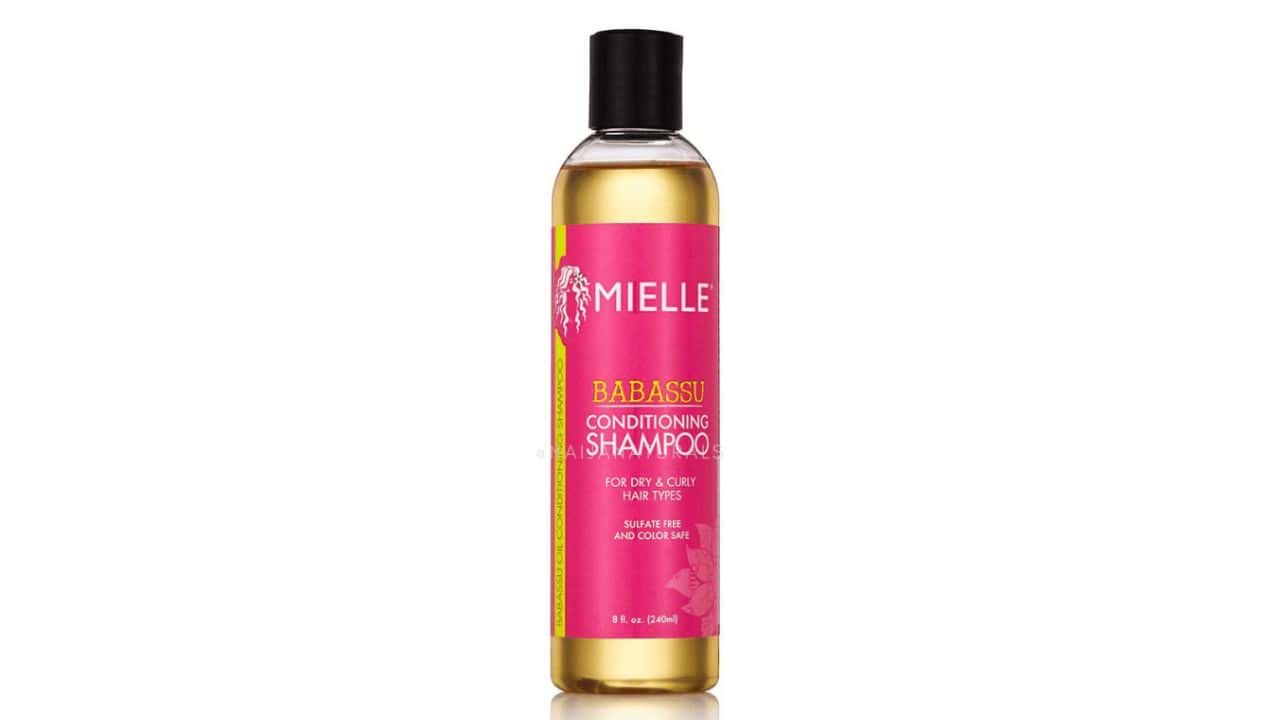
Mielle Organics Babassu Oil Conditioning Sulfate-Free Shampoo stands out because it combines effective cleansing with babassu oil, which has a molecular structure remarkably similar to your hair’s natural sebum. This makes it exceptionally effective at moisture retention while still removing buildup and impurities. The key to success with sulfate-free cleansing is washing frequency—limit yourself to 2-3 times weekly maximum, as even gentle shampoos can disrupt natural oil production when used too frequently.
2. Master Deep Conditioning Protocols
Deep conditioning treatments work like intensive hydration therapy for your hair, penetrating beyond the surface to temporarily fill gaps in damaged cuticles and provide lasting moisture restoration. The difference between regular conditioner and deep conditioning lies in both formula concentration and application technique.
For maximum effectiveness, apply deep conditioner to freshly shampooed, towel-dried hair using generous amounts—your hair should feel completely saturated. Focus your application from mid-length to ends, where damage typically accumulates over time. Cover with a processing cap to create gentle heat that enhances penetration, then allow the treatment to work for 20-45 minutes depending on your damage level. Always rinse with cool water to help seal the cuticle and lock in the benefits.
Look for formulations containing hydrolyzed proteins that fill gaps in damaged cuticles, ceramides that restore your hair’s natural protective barrier, natural butters for rich moisture, and humectants that draw environmental moisture into your hair. Weekly treatments work well for moderately dry hair, while severely damaged strands benefit from twice-weekly applications.
3. Utilize Advanced Layering Methods: LOC vs. LCO Systems
These systematic approaches to product application maximize moisture retention by creating multiple protective barriers that work together synergistically. The science behind layering is simple: different product consistencies serve different functions in moisture preservation.
The LOC method applies products in this order: liquid (water-based leave-in conditioner) to hydrate, oil (lightweight options like jojoba, argan, or grapeseed) to seal, and cream (moisturizing cream or butter) to lock everything in place. The LCO method reverses the final two steps: liquid first, then cream, and finally oil as the ultimate seal. Fine hair typically responds better to LCO because the cream provides moisture without the heaviness that oils can create, while thick or coarse hair often benefits more from LOC since the oil creates a more substantial moisture barrier. The key is experimenting to determine which sequence works best for your specific texture and porosity level.
4. Minimize Heat Damage with Strategic Styling
Heat styling remains one of the primary causes of moisture loss because high temperatures literally evaporate water from your hair shaft while simultaneously damaging the proteins that maintain structural integrity. However, you don’t need to eliminate heat styling entirely—just approach it strategically.
Never exceed 350°F for fine hair or 400°F for coarse hair, and always apply a heat protectant containing silicones or proteins at least 15 minutes before styling to allow proper absorption. Ionic or ceramic tools distribute heat more evenly than traditional options, reducing hot spots that cause damage. Limit heat styling to 2-3 times per week maximum to give your hair time to recover between sessions.
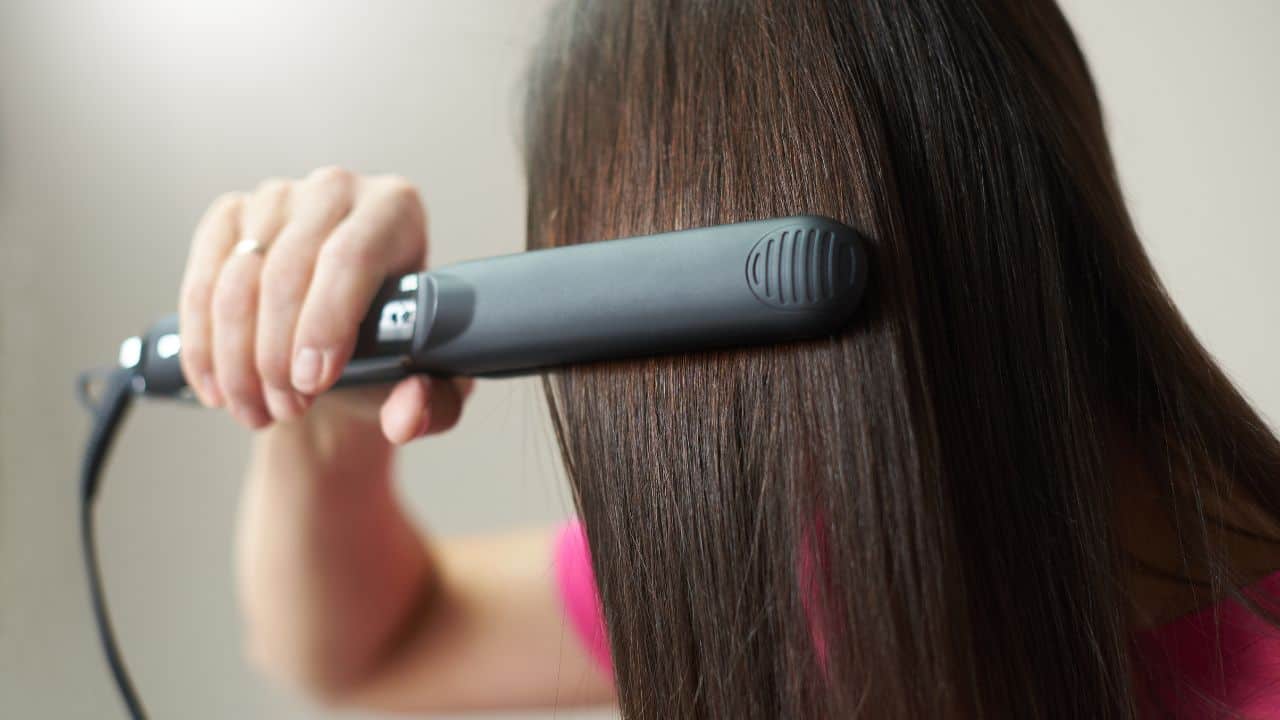
When possible, embrace heat-free alternatives that can be equally effective. Wet setting with rollers or pin curls on damp hair creates lasting styles without damage. Plopping (wrapping curly hair in a microfiber towel) enhances natural definition. Braiding damp hair creates beautiful waves without any heat application. Air drying enhanced with volumizing mousses or curl creams can maximize your natural texture while preserving moisture.
5. Optimize Your Sleep Environment for Hair Health
Your nighttime routine significantly impacts hair moisture retention and overall health in ways you might not realize. Cotton pillowcases, while comfortable for skin, can be problematic for hair because they create friction and absorb natural oils that your hair needs for protection.
Silk and satin alternatives reduce friction by up to 80% compared to cotton, don’t absorb your hair’s natural oils, help maintain hairstyles longer, and significantly reduce bedhead and tangles. When shopping for silk pillowcases, look for 22-momme weight which provides optimal smoothness without being too slippery. Satin bonnets offer protection for all hair lengths and textures, while silk scarves provide a versatile option for various protective styling methods.
Additional sleep optimization includes using a humidifier in dry climates or during winter months when indoor heating can create desert-like conditions. Avoid tight elastic bands that create tension points and potential breakage areas. For curly hair, consider the “pineapple” method—gathering curls very loosely at the very top of your head to preserve curl pattern while sleeping.
6. Address Internal Hydration and Nutrition
Hair health truly reflects overall body health, making internal nutrition and hydration crucial components of any comprehensive moisture-restoration plan. Your hair follicles depend on nutrients delivered through your bloodstream, so deficiencies will eventually manifest in your hair’s appearance and texture.
Focus on omega-3 fatty acids which support scalp health and natural oil production, biotin that strengthens hair structure and improves moisture retention, vitamin E for antioxidant protection against environmental damage, and zinc which regulates oil production and supports protein synthesis. These nutrients work together to create optimal conditions for healthy hair growth and moisture retention.
Hydration targets should include at least 8 glasses of water daily, with increased intake during exercise or in dry environments. Include water-rich foods like cucumbers, watermelon, and leafy greens to support overall hydration. Remember that sudden changes in hair moisture levels can sometimes indicate underlying health issues, so consult a healthcare provider if dry hair develops rapidly alongside other symptoms.
7. Incorporate Professional-Grade Leave-In Treatments
Leave-in conditioners provide ongoing moisture and protection throughout the day, functioning as your hair’s personal bodyguard against environmental damage and moisture loss. They work by creating a protective film over the hair shaft, providing humectant properties that attract moisture from the environment, offering thermal protection against heat and UV damage, and improving detangling and overall manageability.
Olaplex No.6 Bond Smoother Leave-In Treatment represents the gold standard in leave-in care because it contains patented bond-building technology that actually repairs damaged disulfide bonds while providing intensive moisture. This dual-action approach makes it particularly effective for chemically-treated or heat-damaged hair that needs both structural repair and hydration.
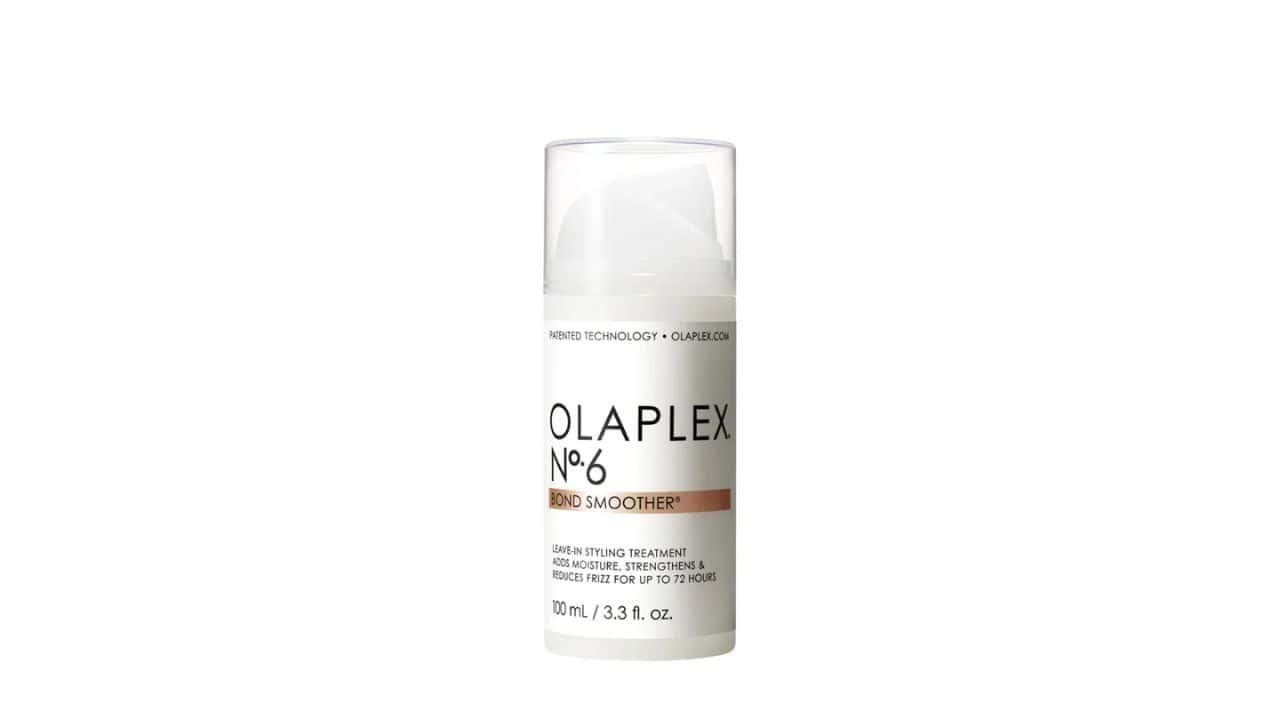
Apply leave-in treatments to damp (not soaking wet) hair, focusing on mid-lengths and ends where damage typically accumulates. Distribute evenly using a wide-tooth comb or your fingers, then style as usual—no rinsing required. The key is finding the right amount for your hair density and texture, starting with less product and building up as needed.
8. Master Overnight Oil Treatment Protocols
Deep oil treatments allow extended penetration time for maximum moisture restoration, making them particularly effective for severely dry or damaged hair that needs intensive care. The extended contact time allows oils to penetrate deeply into the hair shaft rather than simply coating the surface.
Oil selection should match your hair’s specific needs and texture. Fine hair benefits from lighter options like argan, grapeseed, or sweet almond oil that won’t weigh down delicate strands. Medium-textured hair can handle jojoba, avocado, or olive oil which provide more substantial moisture. Coarse or thick hair often thrives with heavier options like coconut oil, castor oil, or shea butter blends that can penetrate dense hair structures.
The professional application method involves sectioning hair into 4-6 parts for even distribution, warming oil slightly (never hot) to improve penetration, and applying from mid-length to ends while avoiding the scalp unless specifically treating scalp dryness. Massage gently to ensure complete coverage, then braid or twist hair loosely to prevent tangling overnight. Cover with a satin bonnet or silk scarf, and plan to shampoo thoroughly in the morning—you may need two washes to remove all residue. Use this treatment weekly for dry hair, bi-weekly for normal hair, or as needed for severely damaged strands.
9. Practice Intelligent Cleansing Frequency
Over-washing ranks among the most common causes of persistent dry hair because it disrupts your scalp’s natural oil production cycle and strips away protective sebum faster than it can be replaced. The optimal washing frequency depends on your hair texture, scalp condition, and lifestyle factors.
Fine, straight hair typically needs washing every 2-3 days because oil travels down straight strands more easily, making hair appear greasy quickly. Medium-textured, wavy hair usually benefits from washing 2-3 times per week, allowing natural oils time to distribute while preventing excessive buildup. Thick, curly, or coily hair often thrives with washing just 1-2 times per week because the curved hair shaft makes it difficult for oils to travel from scalp to ends, and these hair types are naturally drier.
Between washes, consider co-washing with sulfate-free cleansing conditioners that refresh without stripping, dry shampoo to absorb excess oil without water, scalp-only washing that cleanses roots while avoiding lengths, or simple water-only rinses that refresh hair without removing protective oils.
10. Provide Environmental Protection
Environmental factors can rapidly undo all your moisture-building efforts, making protection a crucial but often overlooked component of hair health maintenance. Different seasons present unique challenges that require adapted strategies.
Winter protection becomes essential when cold, dry air combines with indoor heating to create moisture-sapping conditions. Use leave-in treatments with humectant properties that draw moisture from the air, protect hair with scarves or hats when outdoors, increase deep conditioning frequency to combat dry indoor air, and consider using a bedroom humidifier to maintain optimal moisture levels while you sleep.
Summer presents different challenges with UV exposure, chlorine from pools, and salt water from ocean swimming. Apply UV-protective sprays before sun exposure just as you would sunscreen for your skin, rinse hair with fresh water before swimming to prevent chlorine or salt absorption, use protein treatments monthly to combat chemical damage, and always deep condition after beach or pool activities.
Year-round environmental protection includes installing hard water filters to reduce mineral buildup that can block moisture absorption, using heat protectants whenever styling tools are involved, applying anti-pollution hair masks in urban environments where airborne particles can coat and damage hair, and choosing humidity-control products that adapt to your local climate conditions.
Transform Your Dry Hair with Professional-Quality Moisture Solutions
Understanding effective moisture techniques is essential, but achieving salon-quality results requires access to professional-grade products specifically formulated for dry, damaged hair. With countless products promising miraculous hydration, finding formulations that genuinely restore moisture balance and repair damage can feel overwhelming.
Discover your complete hair hydration system at Beautinow – your trusted source for authentic, professional-quality hair care products that deliver measurable moisture restoration and long-term hair health improvements. Our expertly curated collection features proven formulations used by top stylists and trichologists worldwide.
Why choose Beautinow for your hair hydration journey:
- Moisture-Specialist Brands: Authentic products from leaders like Olaplex, Mielle Organics, and Moroccanoil
- Professional Formulations: Salon-grade ingredients that provide deep, lasting hydration
- Complete Care Systems: From sulfate-free cleansers to intensive repair treatments
- Science-Backed Solutions: Products with clinically-proven ingredients for moisture restoration
- Expert Application Guidance: Detailed instructions for professional-level results at home
- Targeted Solutions: Specialized products for different hair types, textures, and damage levels
Your hair deserves more than temporary fixes and surface-level hydration. Experience the transformative power of professional moisture-restoration technology with Beautinow’s carefully selected collection—featuring cult favorites like Mielle Organics Babassu Oil treatments, Olaplex bond-building systems, and intensive moisture masks from the industry’s most trusted brands.
Frequently Asked Questions
Q: Is it better to moisturize wet or dry hair?
A: It’s generally best to moisturize damp or wet hair because water helps products penetrate more effectively. Applying leave-ins or oils on damp strands locks in hydration, while applying them on dry hair mostly seals the cuticle without adding moisture.
Q: Does coconut oil moisturize hair?
A: Coconut oil doesn’t actually add water (hydration) to hair, but it helps prevent protein loss and seals in existing moisture. It’s most effective for thick, coarse, or high-porosity hair that needs extra protection, but lighter oils may be better for fine textures.
Q: How to tell if your hair needs hydration or moisture?
A: Hair that snaps easily and feels brittle usually needs hydration (water). Hair that feels rough, coarse, or dull but not brittle often lacks natural oils and needs moisture. A strand test—stretching wet hair—can also help you distinguish between the two.
Related posts
How to Buy Authentic Niche Perfume at the Best Price
In the hushed corridors of a Parisian perfumery, where alabaster bottles catch filtered afternoon light like precious gems, a revelatio...
How to Buy Authentic Niche Perfume: A Complete Guide
In the dimly lit ateliers of Grasse, where perfumers have been crafting liquid poetry for centuries, something extraordinary is happeni...
The Science and Seduction of Pheromone Perfume: What You Need to Know
In the hushed corners of fragrance boutiques and the scrolling feeds of beauty influencers, a particular category of scent has been gen...
10 Reasons Why You’ll Love Being a Beautinow VIP Member
In the constellation of luxury fragrance retailers, where every boutique promises exclusivity and every brand whispers of sophisticatio...
The Sophisticated Art of Finding Cheaper Alternatives to Tom Ford Black Orchid
There's something almost mythical about walking into a room wearing Tom Ford Black Orchid. The way heads turn, the subtle compliments t...
Best YSL Perfumes for Men in 2026: The Definitive Guide
In the hushed corners of Parisian perfumeries, where light filters through crystal bottles and conversation turns to notes of vetiver a...
Affordable Christmas Perfume Gifts That Actually Feel Luxurious
There's something inherently intimate about gifting fragrance—it's a gesture that says you've paid attention, that you understand someo...
The Definitive Guide to Perfumes That Smell Like Creed Aventus: Luxury Scents Without the Luxury Price Tag
There's a certain magnetism to walking into a room wearing the right fragrance. It's not loud, it's not desperate—it's simply there, co...
Perfume Advent Calendars: 12 Days of Niche Scents
There's something quietly revolutionary happening in the world of fragrance, and it arrives in December wrapped in numbered boxes. Forg...
Christmas Makeup Ideas: Your Guide to Festive Glamour That Actually Works
Picture this: You're getting ready for the season's most anticipated gathering, and you're faced with the same tired holiday makeup dil...
Perfumes That Smell Like Christmas: Your Guide to Festive Fragrance Magic
There's something almost alchemical about the way certain fragrances can transport you instantly to a snow-dusted evening in December, ...
Perfume for Sensitive Skin That Won’t Cause Allergies: The Essential Guide to Scent Without Irritation
There's a particular kind of disappointment that comes with finding a fragrance you love, only to discover hours later that your skin h...
Comments


